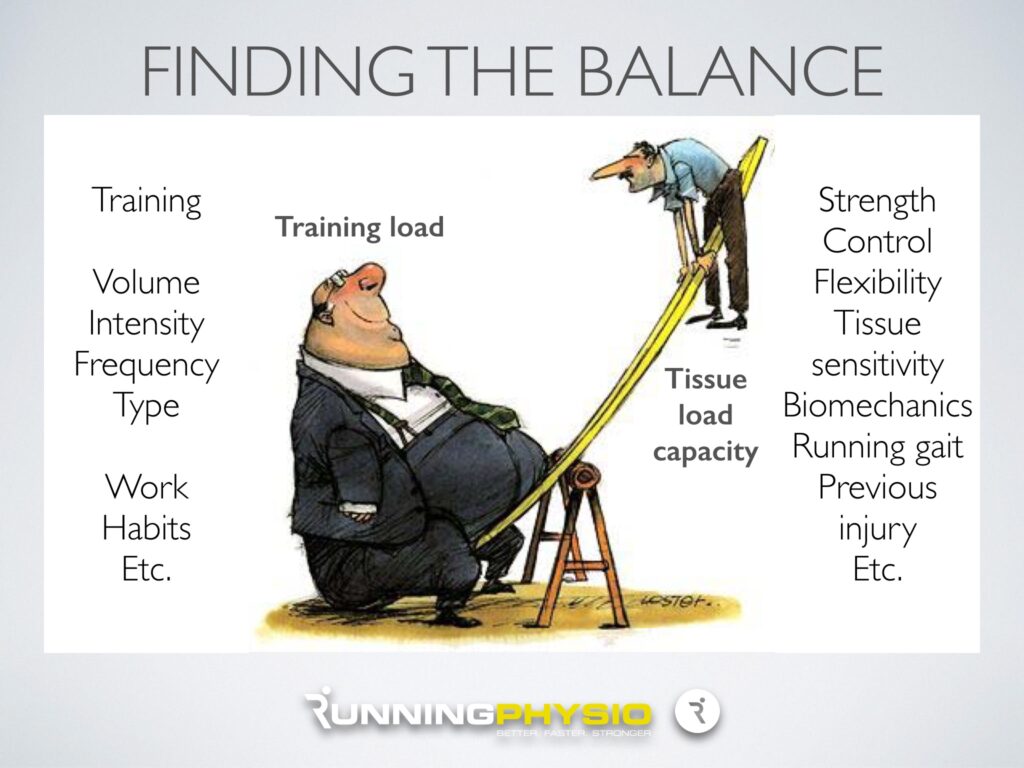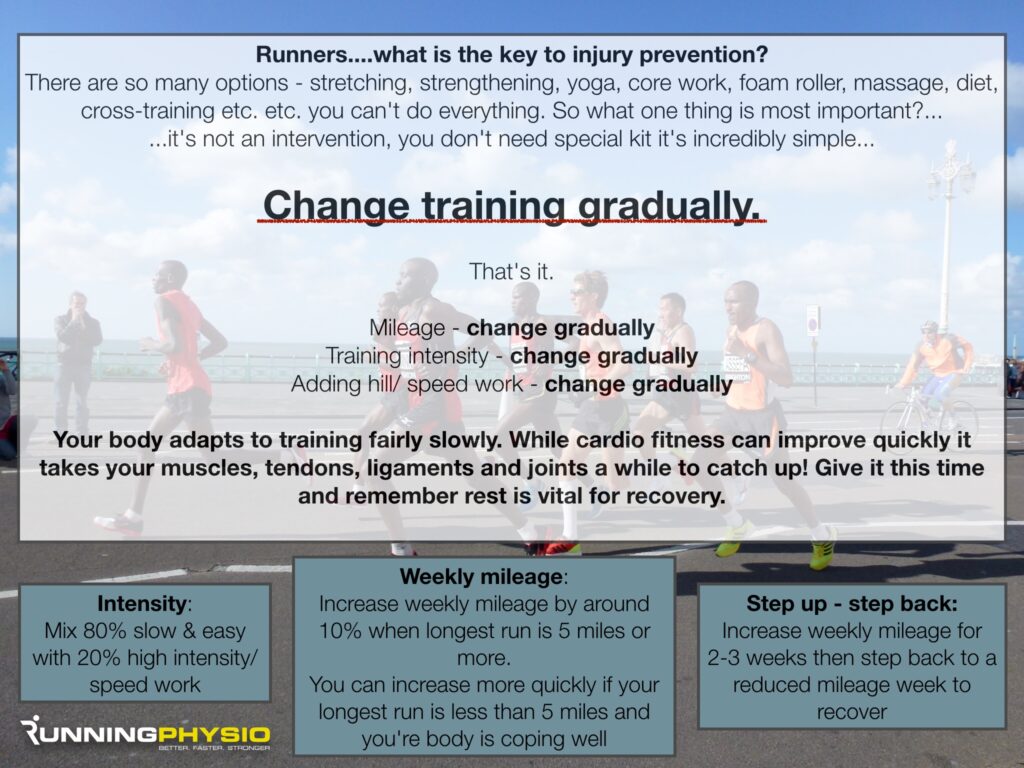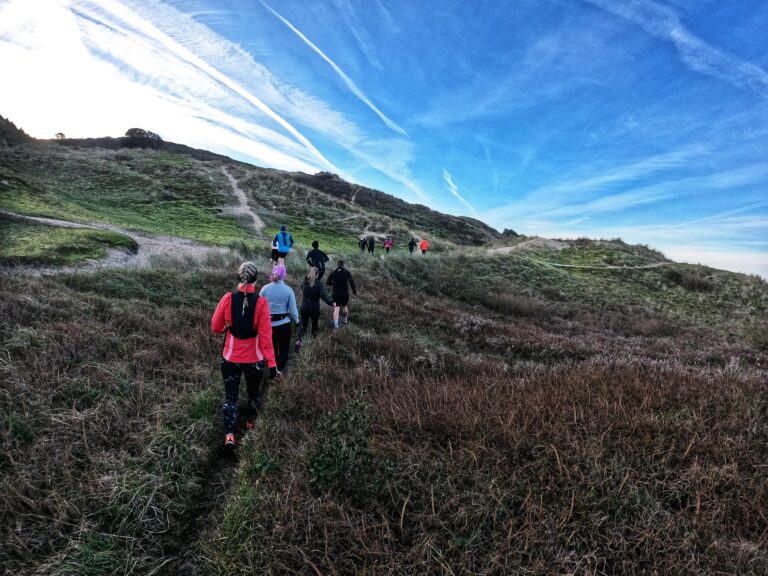
Choosing the Right Running Shoe
With all the different types of shoes on the market how do you separate the marketing from the facts and decide which is best for you? The first thing to
Chances are you or someone you know has picked up an injury at some point in the running journey. New research by Jungmalm et al (2021) suggests that up to 50% of recreational runners will sustain an injury at some point in their training. Some researchers suggest that it’s actually higher than this.
Now this may sound bleak but just because injuries are prevalent in the running community, does not mean they are an inevitability. The key to reducing your chance of injury is understanding the root cause. Although running injuries are multifactorial, this article will talk about the main reason behind most running related injuries.
Tom Goom, a internationally-respected physiotherapist and running specialist, who closely follows the latest running research, suggests that 60-70% of running injuries are due to TRAINING LOAD ERRORS with some papers citing up to 80%. Basically, athletes increase their total training load (volume, frequency or intensity) too quickly, which, combined with insufficient recovery and the addition of other life stresses, can overload the capacity of our tissues. When this happens, BOOM, an injury pops up. The infographic below from Tom Goom displays this well.

I’m sure we can all relate to this. We start to feel our fitness improving rapidly or a niggle start to come on and instead of pulling back we double down and try to push through, almost inevitably developing a full blown injury. Usually, loading a tissue is healthy and promotes positive adaptations, however if we don’t allow time for that tissue to recover between stresses, it can quickly become overloaded and injured. Other factors which increase a tissues likelihood of overload include a high BMI, prior injury, insufficient strength, flexibility and running gait/biomechanical factors.
Therefore, in order to reduce this overload, we should gradually increase our training load week by week and include sufficient recovery (both weekly and over a mesocycle). Remember, our cardiovascular system improves quickly but our musculoskeletal system takes a lot longer to adapt. Getting sufficient sleep, managing stress and eating a well-rounded diet can also help with recovery. This infographic from Tom Goom also outlines this very well.

Our bodies capacity to handle load can also be increased through strength training (chiefly heavy resistance), adjustments to running gait, improved flexibility and other biomechanical factors. Following a well-structured and personalised training plan, combined with listening to your body, will reduce your likelihood of being laid up for weeks (or months!) with an avoidable running injury.
Conclusion: Although there are many factors which contribute to an athlete becoming injured, current evidence suggests that the overwhelming reason is training load errors. You can avoid this by building up slowly, allowing time to recover from training, listening to what your body is telling you, following an individualised training plan and engaging in some kind of strength training programme. Also please try to eat sufficiently, get plenty of sleep and manage life stress as best you can. Our bodies are marvels of biology but we need to respect them. Any questions, drop us a DM or swing by the store. 🙂
References:
Goom, T (2015): ‘Balancing Training Load and Tissue Capacity’. https://www.running-physio.com/capacity
Goom, T (2014): ‘What Causes Running Injuries’. https://www.running-physio.com/what-causes-running-injuries
Jungmalm, J (2021): ‘Running-related injuries among recreational runners’. GUPEA

With all the different types of shoes on the market how do you separate the marketing from the facts and decide which is best for you? The first thing to

This morning we had our third ‘Intro to Trail Running’ session in and around the Sand Dunes. Attendance has grown each time, which is awesome to see, but I am

So I’m writing this a week out from finishing. It was definitely wise that I didn’t write up my report straight away because it would have mostly consisted of me

© Rock N Road 2024 - All Rights Reserved